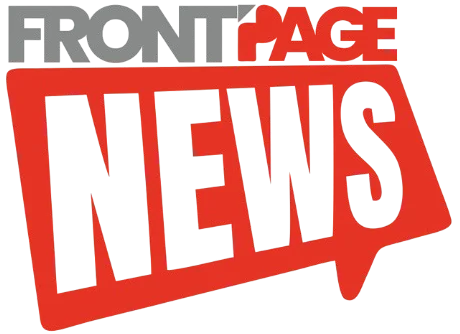Remote work, online learning, and virtual collaboration have become integral to daily life across Africa. From Nigerian entrepreneurs pitching to investors, Kenyan students attending virtual classes, to South African freelancers collaborating with international clients, video conferencing has become a vital tool. However, challenges such as unreliable internet connections and high data costs persist in many parts of the continent, making the choice of an appropriate platform crucial. Below is an overview of some of the most accessible, affordable, and efficient video conferencing applications that have gained popularity among African users.
1. Zoom – High-Quality Video Experience
Zoom has established itself as a leading video conferencing platform globally, offering features like high-definition video, screen sharing, and breakout rooms. These functionalities make it suitable for business meetings, online classes, and webinars. However, the free version limits meetings to 40 minutes, which can be restrictive. Additionally, Zoom’s emphasis on high-quality video necessitates a strong internet connection, potentially leading to lags in areas with poor network coverage.
2. Google Meet—Optimized for Low Data Consumption
Google Meet is a free, reliable, and data-efficient video conferencing application. Unlike Zoom, it does not impose a 40-minute time limit on meetings and operates smoothly on mobile networks. For Gmail users, Google Meet integrates seamlessly, simplifying the process of setting up meetings without the need for additional software.
3. Microsoft Teams—Comprehensive Solution for Corporates and Education
Microsoft Teams combines video calls, messaging, and document sharing into a single platform, making it ideal for professional collaboration. Many companies and educational institutions that rely on Microsoft tools like Word and PowerPoint find Teams to be a cohesive solution. While it performs best with a strong internet connection, recent updates have improved its functionality over lower bandwidths, enhancing accessibility in areas with limited connectivity.
4. WhatsApp Video Call—Convenient for Informal Communication
For quick, informal gatherings or simple meetings, WhatsApp video calls are a popular choice among Africans. The application is data-friendly and widely used across the continent, eliminating the need for additional sign-ups or downloads. However, its simplicity comes at the cost of lacking advanced features like screen sharing, limiting its suitability for professional use.
5. Jitsi Meet—Free and Open-Source Alternative
Jitsi Meet is a free, secure, and open-source video conferencing application that offers essential features without requiring an account. Users can create a meeting link and share it effortlessly. Jitsi is lightweight and performs well with low internet speeds, making it a viable option for individuals dealing with inconsistent network coverage.
Considerations for Choosing the Right Application
Selecting the appropriate video conferencing application depends on several factors:
- Professional Requirements: For advanced features such as screen sharing, recording, and collaborative tools, platforms like Zoom, Google Meet, and Microsoft Teams are suitable.
- Internet Availability: In regions with limited connectivity, data-efficient applications like Google Meet or lightweight options like Jitsi Meet may offer a more stable experience.
- Budget Constraints: For users seeking free solutions, WhatsApp Video Call and Jitsi Meet provide essential functionalities without associated costs.
Challenges in Internet Connectivity Across Africa
Despite the increasing adoption of digital tools, Africa faces significant challenges in internet connectivity. As of 2022, internet penetration in Africa was approximately 36%, up from 26% in 2019. However, this growth is uneven, with substantial disparities between urban and rural areas. Urban centers often have better access to high-speed internet, while rural regions lag due to inadequate infrastructure.
A major obstacle to expanding internet access is the lack of investment in telecommunications infrastructure. Many rural and remote areas lack the basic infrastructure needed for internet connectivity. Additionally, social instability and certain government policies can impede infrastructure development and the quality of internet services.
Efforts to Improve Connectivity
To bridge the digital divide, various initiatives are underway:
- Infrastructure Development: Investments are being made to enhance digital infrastructure, including the expansion of broadband networks and the establishment of internet exchange points to improve local traffic flow.
- Policy Reforms: Governments and organizations are working to create favorable policies that encourage investment in the telecommunications sector and promote affordable internet access.
- Innovative Solutions: Companies are exploring alternative technologies, such as satellite internet services, to provide connectivity in hard-to-reach areas.
Conclusion
The choice of a video conferencing application in Africa should be guided by individual needs, internet availability, and budget considerations. For professional purposes, platforms like Zoom, Google Meet, and Microsoft Teams offer comprehensive features. For personal or informal use, WhatsApp Video Call provides a convenient solution. For those seeking a free, lightweight option, Jitsi Meet is worth exploring. As internet infrastructure continues to improve across the continent, the accessibility and efficiency of these platforms are expected to enhance, further integrating digital communication into the fabric of African society.













